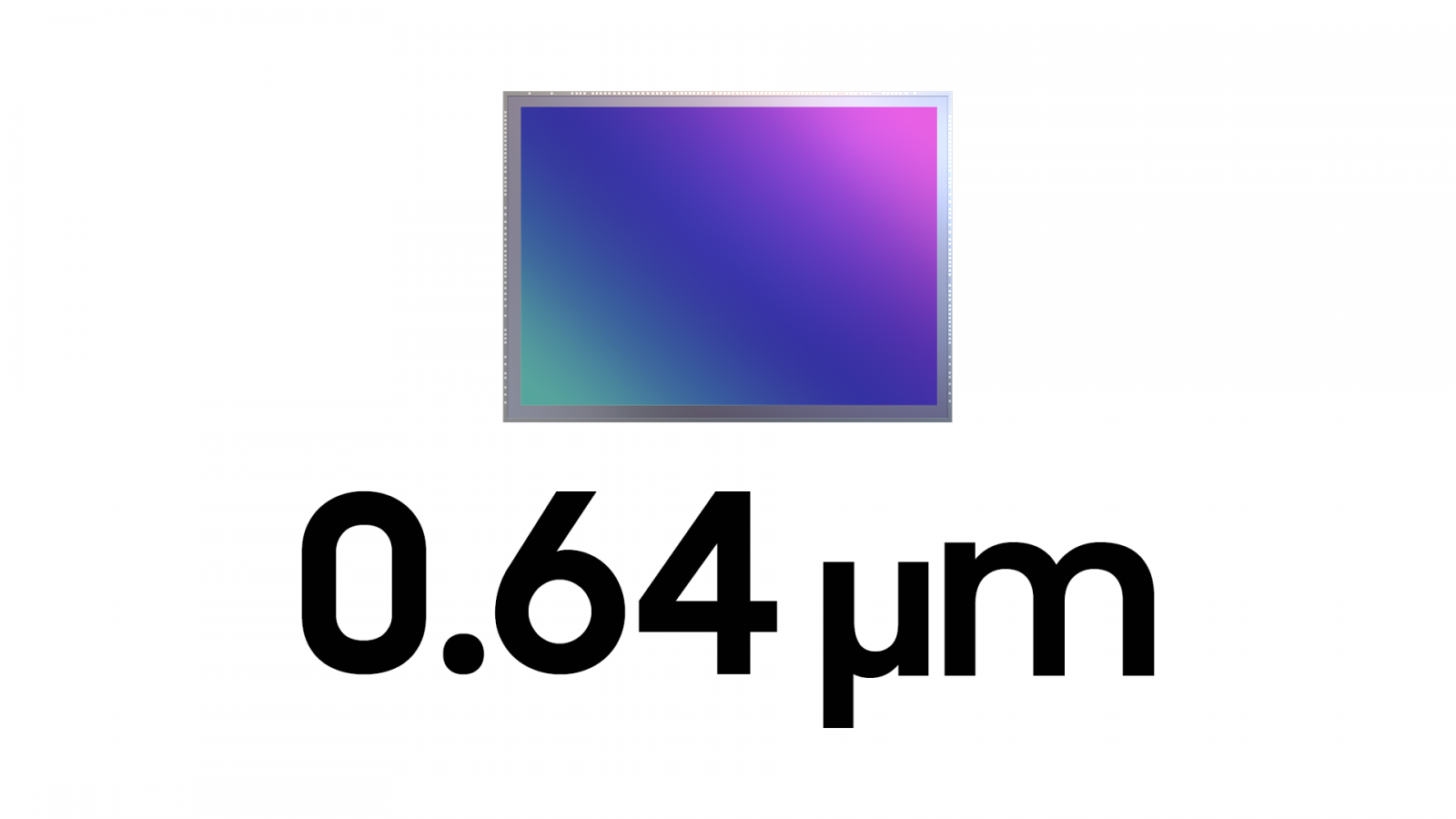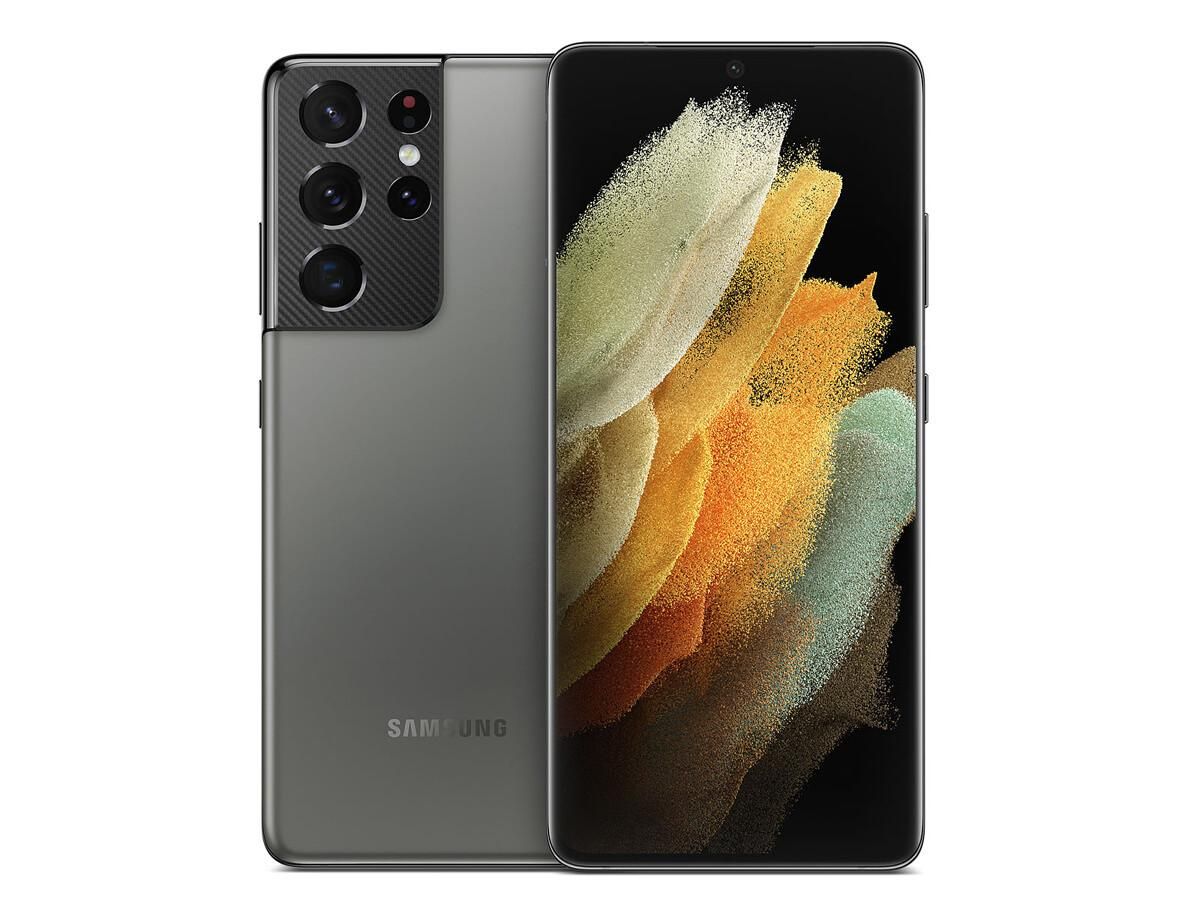Samsung has introduced the industry’s first 0.64-micrometer (μm)-pixel image sensor. The 50MP Samsung ISOCELL JN1 is equipped with the latest pixel technologies such as enhanced ISOCELL 2.0, Smart-ISO, and Double Super PDAF. It is said to capture more vivid images on the industry’s smallest 50MP mobile sensor. It supports up to 4K resolution video recording at 60 frames-per-second (fps) or full HD at 240fps.
The JN1 employs ISOCELL 2.0 technology with added enhancements that improve light sensitivity by around 16-percent. Moreover, for low-light environments, the sensor utilizes Samsung’s four-to-one pixel binning technology, Tetrapixel. This tech merges four adjacent 0.64μm-pixels into one big 1.28μm-pixel to quadruple light sensitivity for brighter 12.5Mp photographs.
All of this tech is embedded in a small 1/2.76-inch optical format. Samsung says that the ISOCELL JN1 is its most versatile image sensor yet. It is compatible with existing 1/2.8-inch products, which means the sensor can be used for front-facing, ultra-wide or telephoto cameras, in addition to standard wide camera options. Hence, users can take highly detailed selfies or group pictures in 50MP resolution. Plus, they can capture high-resolution video at up to 4K and high-zoom ratios.
The sensor is currently in mass production
The smaller sensor can also reduce the height of the camera module by around 10-percent, minimizing the camera bulge for slimmer and more streamlined designs in next-generation smartphones. Moreover, the ISOCELL JN1 comes with Smart-ISO for enhanced dynamic range. Smart-ISO uses Low ISO mode in bright settings to retain detail in the highlights and High ISO in low-lit environments to reduce readout noise.
Using Smart-ISO, the JN1 also offers inter-scene HDR in mixed-light settings for optimum exposure levels derived from two separate readouts, from Low and High ISOs, merged to create a final image. The ISOCELL JN1 integrates improved Double Super PD for faster auto-focus. The Super PD tech is used specially designed oval-shaped micro-lenses over two adjacent pixels arranged side by side to detect phases. Further, Double Super PD features twice the density of pixels (1/16) used for phase detection than Super PD (1/32). This enables the same auto-focus performance even in environments with about 60-percent fewer illumination levels.
“Samsung’s advanced pixel technologies have once again pushed boundaries with the utmost precision to develop an image sensor with the industry’s smallest pixel size, yet with powerful performance. The new ISOCELL JN1 at 0.64μm will be able to equip tomorrow’s sleekest smartphones with ultra-high resolution mobile photographs,” said Duckhyun Chang, executive vice president of the sensor business at Samsung Electronics. “As we drive our commitment to innovation in pixel technologies, we will continue to bring a wide range of mobile image sensor offerings to the market.”


